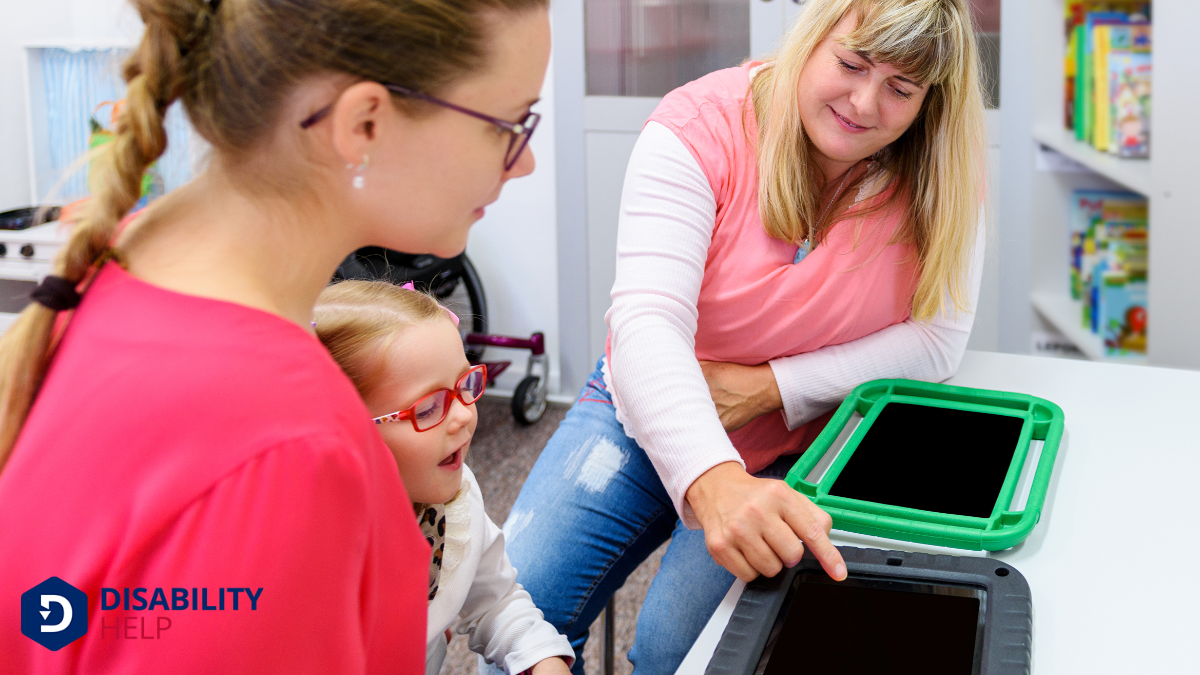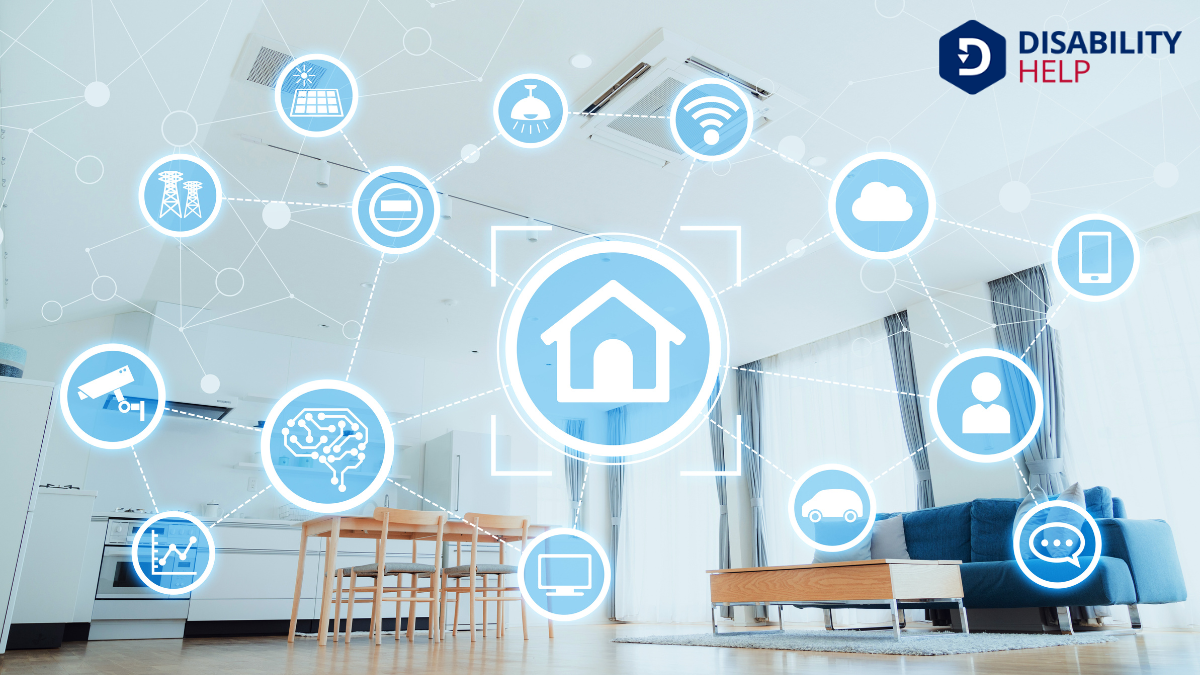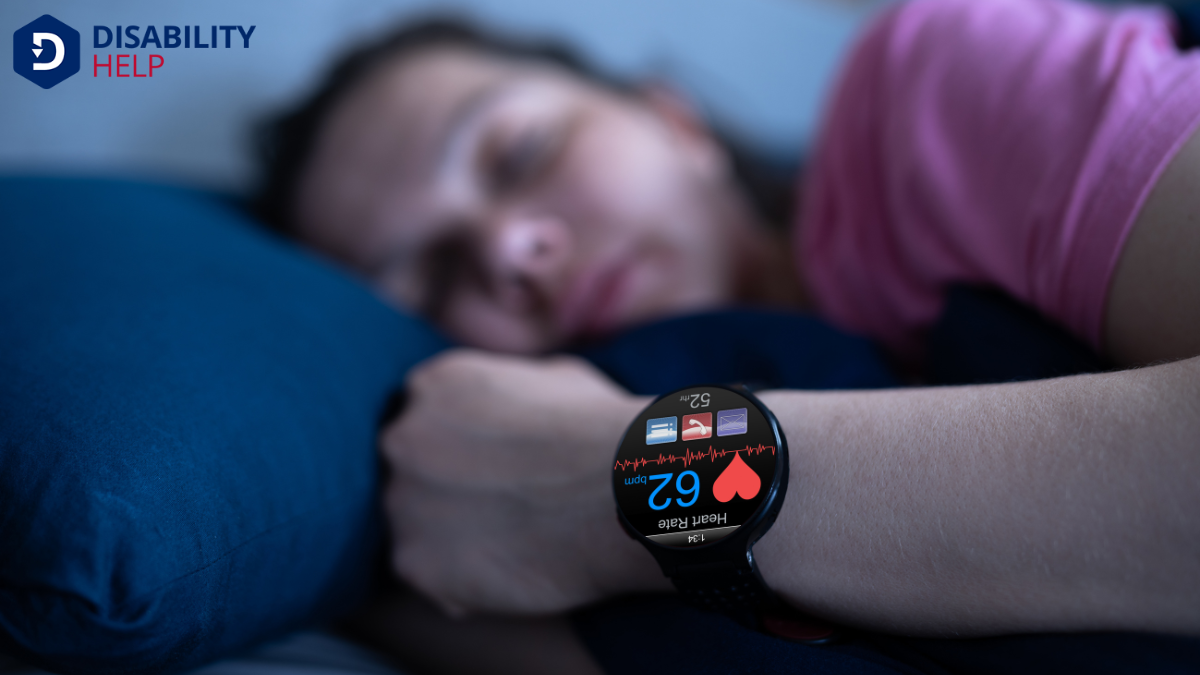Let's explore the fascinating world of assistive technology together. We often encounter devices and tools that enhance the lives of individuals with disabilities. Whether it's screen readers, augmentative communication devices, or mobility aidsDevices designed to help individuals move around more easily, such as canes, walkers, or wheelchairs... like wheelchairs, these innovations make daily tasks more accessible. Ever wondered how smart home technology plays a role in independent living or how wearable tech supports health monitoring? There's so much more to discover about how these tools shape lives.
Key Takeaways
- Screen readers and magnification software assist individuals with visual impairments by converting text to speech or enlarging text and images.
- Hearing aids and assistive listening devices enhance auditory experiences for individuals with hearing impairments by amplifying and clarifying sounds.
- Augmentative and alternative communication devices facilitate communication for individuals with speech impairments using picture boards or speech-generating features.
- Mobility aids like wheelchairs, scooters, and robotics support individuals with physical disabilities in navigating their environments independently.
- Smart home technology and wearable health devices enhance accessibilityThe design of products, devices, services, or environments to be usable by people with disabilities.... and monitor health, promoting autonomy and well-being for users.
Screen Readers and Magnification Software
When it comes to assistive technology, screen readers and magnification software are indispensable tools for individuals with visual impairments. These technologies allow us to access digital information with ease, ensuring we’re not left out in today’s fast-paced digital world.
Screen readers convert text to synthesized speech, enabling us to listen to content rather than read it visually. Meanwhile, magnification software enhances the size of text and images on our screens, making them more accessible.
We rely on these tools daily, whether browsing the web, reading emails, or completing work tasks. They empower us to engage with technology independently and efficiently.
Augmentative and Alternative Communication Devices

As we explore augmentative and alternative communication devices, we'll find that they come in various forms, from simple picture boards to advanced speech-generating devices.
These tools offer immense benefits for nonverbal users, providing them with a voice and enabling more effective interaction with the world around them.
Types of Communication Devices
Although communication is fundamental to human interaction, not everyone can do it in conventional ways. That's where augmentative and alternative communication (AAC) devices come in. These devices help individuals express themselves when speech is limited or absent. We can explore various types of communication devices, each tailored to unique needs.
First, we've picture boards, which allow users to point to images representing words or phrases.
Then, there are speech-generating devices (SGDs) that produce spoken words when a user selects symbols or types text. Some advanced SGDs even include eye-tracking technology for hands-free use.
Additionally, mobile apps on tablets and smartphones have become popular, offering customizable communication options. By embracing these technologies, we enhance our ability to connect with diverse communicators.
Benefits for Nonverbal Users
For nonverbal users, augmentative and alternative communication (AAC) devices open a world of possibilities by enabling them to express thoughts and needs effectively.
These devices greatly enhance communication by providing a voice to those who can't speak.
Let's explore three key benefits:
- Increased Independence: AAC devices empower users to make choices and express preferences, promoting autonomy in daily activities.
- Improved Social Interaction: By facilitating conversations, these devices help users build and maintain relationships, reducing feelings of isolation.
- Enhanced Learning Opportunities: With the ability to communicate, nonverbal users can participate more fully in educational settings, leading to better academic outcomes.
Mobility Aids and Adaptive Equipment
When it comes to enhancing mobility, we've a range of options like wheelchairs, scooters, and various walking aids to take into account.
Each of these solutions provides unique support tailored to different needs, whether it's for daily activities or specific environments.
Let's explore how adaptive seating solutions also play an essential role in ensuring comfort and independence for those who need them.
Wheelchairs and Scooters
Mobility aids like wheelchairs and scooters revolutionize how people with mobility challenges navigate their world.
These devices empower us to maintain independence and engage more fully in daily activities. Wheelchairs and scooters come in various forms to suit different needs and preferences.
Let’s explore a few key benefits:
- Enhanced Mobility: They allow us to move freely indoors and outdoors, overcoming physical barriers and extending our reach in the community.
- Increased Independence: By using these devices, we can reclaim control over our schedules, reducing reliance on others for transportation.
- Comfort and Customization: Modern designs offer ergonomic seating and can be tailored to fit individual needs, providing comfort and support.
Walking Aids Variety
Walking aids come in a wide range of options, each designed to support different levels of mobility and specific needs. Let’s explore some common types.
Canes are perfect for those who need a little extra balance. They come in various styles, like single-point or quad canes, offering different levels of stability.
Walkers provide more support, featuring four legs and often wheels for easier movement. Some even have seats for resting.
Crutches are another option, ideal for temporary use when recovering from injuries. They require upper body strength and coordination.
Rollators, which are walkers with wheels, offer enhanced mobility with added features like brakes and storage.
Each aid serves a unique purpose, helping us maintain independence and navigate our world more easily.
Adaptive Seating Solutions
While maintaining comfort and proper posture, adaptive seating solutions play an essential role in enhancing mobility and independence for those with specific seating needs.
These solutions are tailored to accommodate various physical requirements, ensuring that we can engage in daily activities with ease.
Let’s explore how adaptive seating can make a difference:
- Customized Support: Adaptive seating provides tailored support to individual body shapes, promoting proper alignment and reducing the risk of pressure sores.
- Enhanced Mobility: With features like swivel bases or height adjustments, these solutions allow us to move more freely and access different spaces.
- Increased Participation: By offering stability and comfort, adaptive seating enables us to participate in activities at home, work, or school without discomfort.
These seating options transform how we experience our environments.
Hearing Aids and Assistive Listening Devices
When it comes to enhancing auditory experiences, hearing aids and assistive listening devices play a pivotal role in improving communication for those with hearing impairments. They amplify sounds, making conversations clearer and more accessible.
Hearing aids are discreet, wearable devices that help us hear everyday sounds, from the chirping of birds to the buzz of a busy street. They can be customized to fit individual hearing needs, ensuring peak performance.
In addition to personal hearing aids, we've assistive listening devices, which can be used in public spaces like theaters and lecture halls. These devices work by transmitting sound directly to our ears, reducing background noise and enhancing clarity.
Together, they empower us to engage actively and confidently in our surroundings.
Smart Home Technology for Accessibility

Smart home technology is revolutionizing accessibility, offering people with disabilities greater independence and convenience. By incorporating various automated systems, we can transform our living spaces into accessible environments.
Here are three key areas where smart home tech makes a significant impact:
- Voice-Controlled Assistants: Devices like Amazon Alexa or Google Assistant allow us to control lights, thermostats, and other appliances using simple voice commands, reducing physical strain.
- Smart Door Locks: These provide secure, keyless entry options, which can be essential for those with mobility challenges or dexterity issues.
- Automated Lighting Systems: With motion sensors or app-based controls, we can guarantee our homes are well-lit and safe, minimizing the risk of falls or accidents.
Embracing these technologies enhances our daily lives, making home environments more inclusive.
Educational Software and Apps for Learning Disabilities
Maneuvering the world of education can be challenging for individuals with learning disabilities, but technology is helping bridge the gap. Educational software and apps are pivotal in offering personalized learning experiences tailored to unique needs.
For instance, programs like Dyslexie and Ghotit assist with reading and writing by providing specialized fonts and predictive text functionalities. Meanwhile, apps such as ModMath enable students with dysgraphia to tackle math problems using touch-based inputs rather than handwriting.
We can also look at tools like Speechify, which converts text to speech, giving auditory learners an advantage. These technologies empower students to learn at their own pace.
Prosthetics and Robotics for Enhanced Mobility
As we continue to explore the transformative power of technology, let's shift our focus to prostheticsArtificial devices that replace missing body parts, such as limbs, often used after amputations. and robotics, which are revolutionizing mobility for individuals with physical disabilities.
These innovations not only restore function but also enhance quality of life. With advances in materials and design, prosthetics have become more comfortable and lifelike.
Robotics further expands possibilities by offering:
- Bionic limbs: These allow users to perform delicate tasks, such as picking up small objects, by mimicking natural movements.
- Exoskeletons: These wearable devices assist with walking, enabling users to stand and move with greater ease and independence.
- Neuro-controlled prosthetics: These use brain signals to control movements, providing a more intuitive experience.
Together, these technologies empower us to overcome physical limitations and embrace new opportunities.
Wearable Technology for Health Monitoring and Support

While technology continues to evolve rapidly, wearable devices for health monitoring and support emerge as essential tools in managing our well-being. These gadgets, like smartwatches and fitness trackers, help us keep tabs on crucial signs such as heart rate, sleep patterns, and physical activity. By providing real-time data, they empower us to make informed decisions about our health.
Moreover, we can use devices like continuous glucose monitors, which are invaluable for those managing diabetesA chronic condition where the body cannot produce or properly use insulin, leading to high blood sug.... They offer a non-invasive way to track blood sugar levels, reducing the need for finger pricks.
Wearable ECG monitors also alert us to potential heart issues before they become critical.
As we embrace these technologies, we gain better control over our health, enhancing our quality of life considerably.
Conclusion
In exploring the diverse world of assistive technology, we've seen how these innovations empower individuals with disabilities to lead more independent and fulfilling lives. From screen readers and mobility aids to smart home tech and wearable devices, each tool plays a crucial role in enhancing daily experiences. As technology continues to advance, let's embrace these solutions and work together to guarantee everyone has access to the tools they need to thrive.






